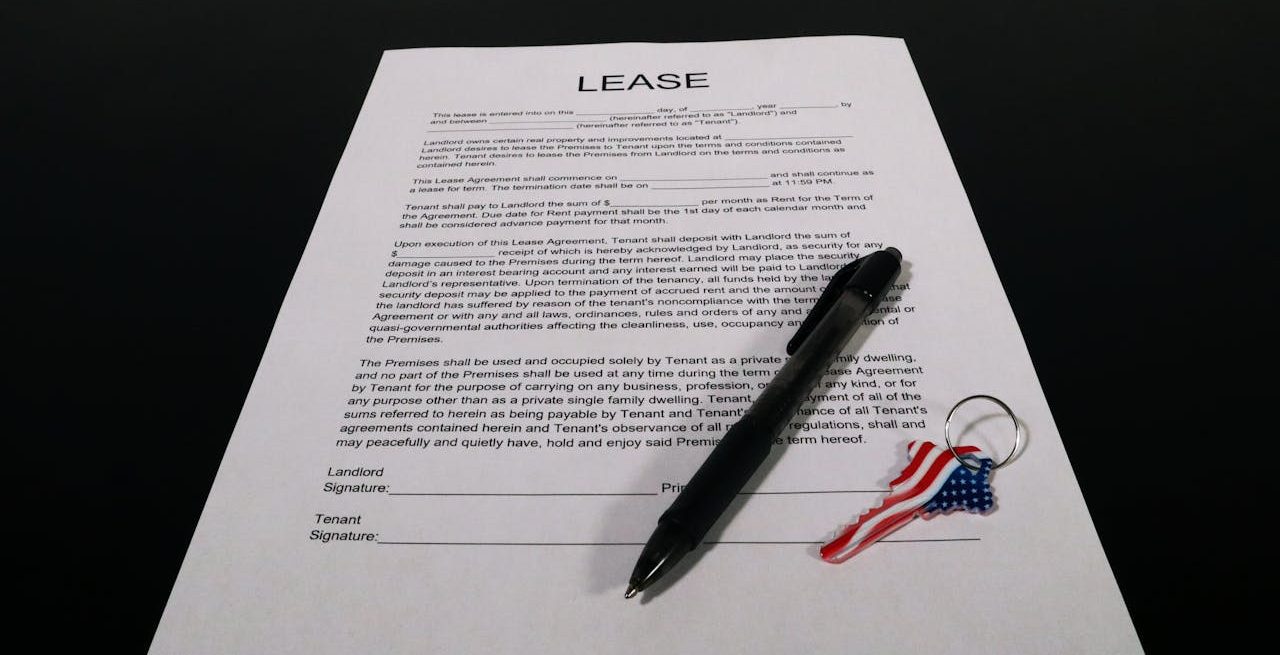Do a Deep Dive Before Seeking Lease Terminations
4 Min Read By Joe McKeska
The list of restaurant chains to announce store closures continues to grow. It includes those that have filed for bankruptcy such as TGI Friday’s, Planta, Hooters, Red Lobster, Buca di Beppo, Rubio’s Coastal Grill and BurgerFi, as well as non-distressed operators of outlets like Wendy’s, Burger King and Denny’s. And it is safe to say that more restaurant brands will be scrutinizing and closing underperforming stores in the months ahead, given today’s consumer spending cutbacks, elevated costs, tariff concerns and speculation about a possible recession. In many cases, those chains that do close stores will need to deal with future lease liability for non-operating restaurants.
Current real estate economics favor a three-step approach to mitigating such lease liabilities:
- Immediately upon announcement of the restaurant closure, engage with the landlord.
The goal should be to minimize termination fees by collaborating to identify a viable replacement tenant for that location. - Investigate a new three-party arrangement.
Have your real estate advisor run an in-depth financial analysis of a potential tri-party arrangement between you, your replacement tenant and the landlord. This should include the economics of the new lease; the landlord’s estimated out-of-pocket costs for terminating the lease and putting in the new tenant; and your own assessment of the specific market conditions for the real estate location in question. - Leverage what you have learned.
The last step is to use that analysis as part of an open and productive negotiation with both the landlord and the replacement tenant. Come to the table armed with solid numbers and a firm grasp of the costs and other considerations in play.
The analysis here can really help restaurateurs avoid overpaying to exit unwanted leases. This approach also makes you far less likely to enter into unfavorable subleases, or just keep paying rent on dark stores until the lease runs out.
And yet companies often either skip that deal analysis and collaboration with the landlord, or give it short shrift.
A Better Way
When engaging with the landlord on a lease-termination proposal, come with a compelling, documented argument about your location-specific challenges and those of the larger restaurant business, and be prepared to talk to the landlord about how the two of you can collaborate to quickly find a strong replacement tenant and ultimately enter into a lease-termination agreement.
Once that tenant has been identified, what will it take to get the new operator into the space? And how will this affect the overall economics of the agreement between the existing tenant, the landlord and the replacement operator?
Here are some questions that will need to be discussed as you move forward with the lease-termination and tri-party agreement:
- By the time that landlord signs a lease with the new tenant, how long will it take for that replacement operator to complete their design and obtain their construction documents and building permits?
- What is the likely timetable for actually building out the space and getting it open?
- If this is a national operator with strong credit and robust consumer demand, what is the likeliest range of the landlord’s tenant-improvement costs?
- What is the landlord looking at with respect to free rent during the gearing-up period and/or in lieu of a tenant-improvement allowance?
Having dug into the weeds of the transaction and proactively engaged the landlord, the advisor is now ready to handle all related negotiations, putting the existing tenant in a far better position than being caught flat-footed and forced to react.
A Word on Subleasing
Restaurants sometimes conclude that the easiest solution to a struggling store is to enter into a sublease to mitigate their future lease liability. But it is important to note that sublease deals tend face significant obstacles.
For starters, high construction and operating costs mean that healthy, expanding replacement tenants are more likely to demand significant tenant-improvement allowances as opposed to leasing the location on an “as is” basis and having to invest their own money to build out the space for their specific use. The existing restaurant operator as sublandlord would then need to be prepared to invest significant money to fund such work or possibly offer many months of free rent in lieu of paying for tenant improvements. In many cases this can add up to a year or more of free rent.
Also, when all lease options are accounted for, a subtenant typically will require a minimum of 15 to 20 years of control.
In some cases, the current lessee may not have that amount of lease control remaining. Alternately, as sublandlord, it will have to keep exercising its own lease options to be able to offer enough term to induce a replacement tenant to enter into a sublease.
So the sublandlord’s own lease expiration could arrive long before that of the subtenant. In this situation, the only alternative would be for the existing restaurant operator to continue to act as a sublandlord—accepting all contingent liabilities, such as the subtenant going bust—beyond the expiration of its own current lease term.
Rent gaps are equally problematic. It is not untypical for an operator seeking to sublease a failed restaurant location to have trouble securing an equal or greater rent to that of its own, primary lease. The sublandlord might be paying $30 per square foot, when the proposed replacement tenant is willing to pay just $20.
The sublandlord could end up effectively subsidizing the subtenant into the option terms—hardly an appealing prospect.
These economics are even more challenging if you factor in that it can take a considerable amount of time for that sublessee to start paying rent after it has signed the sublease. In our recent experience, that could be anywhere from 18 to 24 months to complete plans, obtain permits, finish the construction and wait for free rent to expire.
Given today’s tight margins and squeezed consumers, it also is common for potential subtenants to have serious concerns about entering into sublease agreements. They understand that if their sublandlord files for bankruptcy, the lease could be rejected and they could be put out on the street.
Simply put, finding a replacement tenant and terminating the lease tends to be a better option today.
By coming to the table with transparent financials and a well-argued case, your real estate advisor can help you ramp up your real estate performance—a critical part of winning an edge in the highly competitive restaurant sector.


